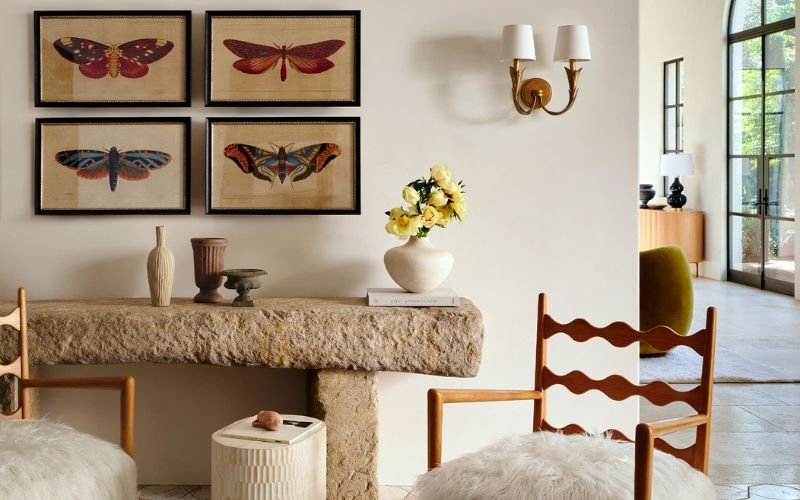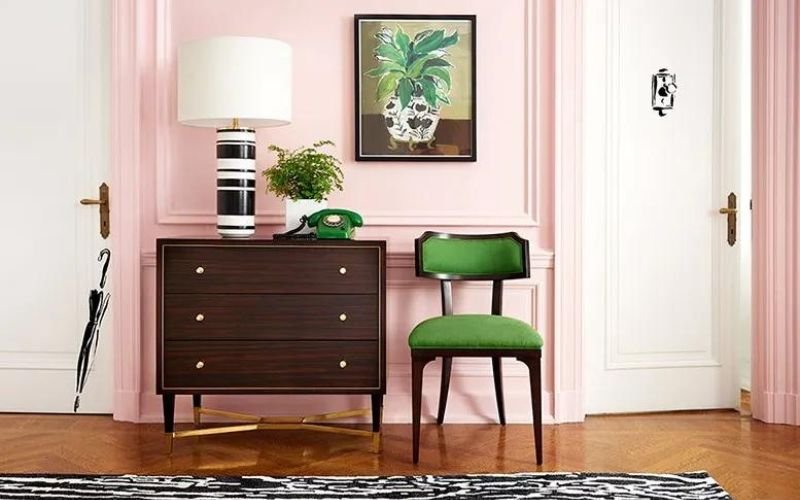In recent years, the retail industry has experienced a captivating shift as fashion brands have begun to expand their presence into the homeware sector. This strategic move represents a departure from the traditional boundaries of fashion, allowing brands to diversify their offerings and capitalise on emerging market opportunities. By entering the homeware market, fashion brands can extend their brand identities, appeal to a broader customer base, and leverage their existing expertise in design and aesthetics.
Several notable examples highlight the success of fashion brands entering the homeware market. One such example is the Swedish retailer H&M, which launched its H&M Home line in 2009. Leveraging its fast-fashion expertise, H&M Home offers affordable and trend-driven home decor and furnishings. The brand’s expansion into homeware has been well-received, allowing H&M to cater to its fashion-conscious customers’ desire for stylish home accessories.
Another prominent example is the luxury fashion brand Gucci, which introduced Gucci Décor in 2017. Gucci Décor offers an eclectic range of home products, including furniture, textiles, and decorative pieces. The collection reflects Gucci’s distinctive aesthetic, featuring bold prints, vibrant colours, and whimsical motifs. By entering the homeware market, Gucci has extended its brand into the realm of interior design, attracting both fashion enthusiasts and interior design lovers.

Diversification and Brand Extension:
Fashion brands constantly seek avenues for growth and diversification. Expanding into homeware provides an opportunity to tap into a new market segment while reducing reliance on a single product category. Ralph Lauren is a prime example of a fashion brand that has successfully ventured into homeware. The brand’s home furnishings and decor collections embody the same timeless elegance and sophisticated aesthetic for which it is renowned in the fashion industry. By offering cohesive lifestyle solutions, Ralph Lauren allows customers to curate a complete aesthetic experience that transcends clothing.

Synergy in Lifestyle Branding:
The convergence of fashion and homeware arises from the desire to offer consumers a holistic brand experience that seamlessly integrates personal style with home decor. Fashion-conscious individuals increasingly seek to create a harmonious connection between their fashion choices and their living spaces. This has led to collaborations between fashion brands and homeware designers to cater to these aspirations. Notable examples include the partnership between renowned designer Jonathan Adler and fashion brand H&M. Their joint homeware collection blended Adler’s quirky aesthetic with H&M’s fashion-forward sensibilities, resulting in a cohesive lifestyle concept that resonates with consumers.

Market Opportunities:
The homeware market presents significant growth potential as people increasingly prioritize home aesthetics and interior design. Consumers are investing more in creating personalized and stylish living spaces, making it an opportune time for fashion brands to fulfil their desires for trendy home decor items. One striking example is the collaboration between Italian fashion house Missoni and luxury homeware brand Kartell. Their collection features vibrant furniture and home accessories that combine Missoni’s iconic patterns with Kartell’s design expertise. This collaboration captures the market’s demand for visually striking homeware that reflects consumers’ evolving style sensibilities.

Cross-Promotion and Customer Engagement:
Venturing into homeware allows fashion brands to engage with customers in new ways and cross-promote their products effectively. By curating comprehensive lifestyle offerings that coordinate fashion and home collections, brands can create a more immersive brand experience. Anthropologie, a renowned lifestyle brand, has successfully integrated its clothing and homeware lines. Their distinct aesthetic across clothing and home decor items enables customers to build a cohesive style narrative that extends from their wardrobe to their home. This approach cultivates customer loyalty and fosters a deeper connection between the brand and its consumers.

Differentiation and Competitive Advantage:
In the highly competitive fashion industry, brands are continuously seeking ways to differentiate themselves. Venturing into the homeware sector provides an opportunity for brands to stand out by infusing their design expertise and brand recognition into home decor. Kate Spade New York, a design-driven fashion brand, expanded into homeware with a playful and vibrant collection that mirrors its fashion line. By offering unique and recognizable style elements in both fashion and home products, the brand creates a cohesive brand experience while setting itself apart from competitors.

The convergence of fashion and homeware represents a strategic move by fashion brands to diversify their offerings, extend their brand identities, and tap into emerging market opportunities. By venturing into homeware, fashion brands can offer consumers a complete brand experience, cater to their desires for curated lifestyles, and effectively cross-promote their products. The successful examples of fashion brands entering the homeware market demonstrate this trend’s potential for synergy and growth. As the fashion industry continues to evolve, we can expect further exploration of this convergence, blurring the lines between fashion and home decor to provide customers with an all-encompassing aesthetic experience.


